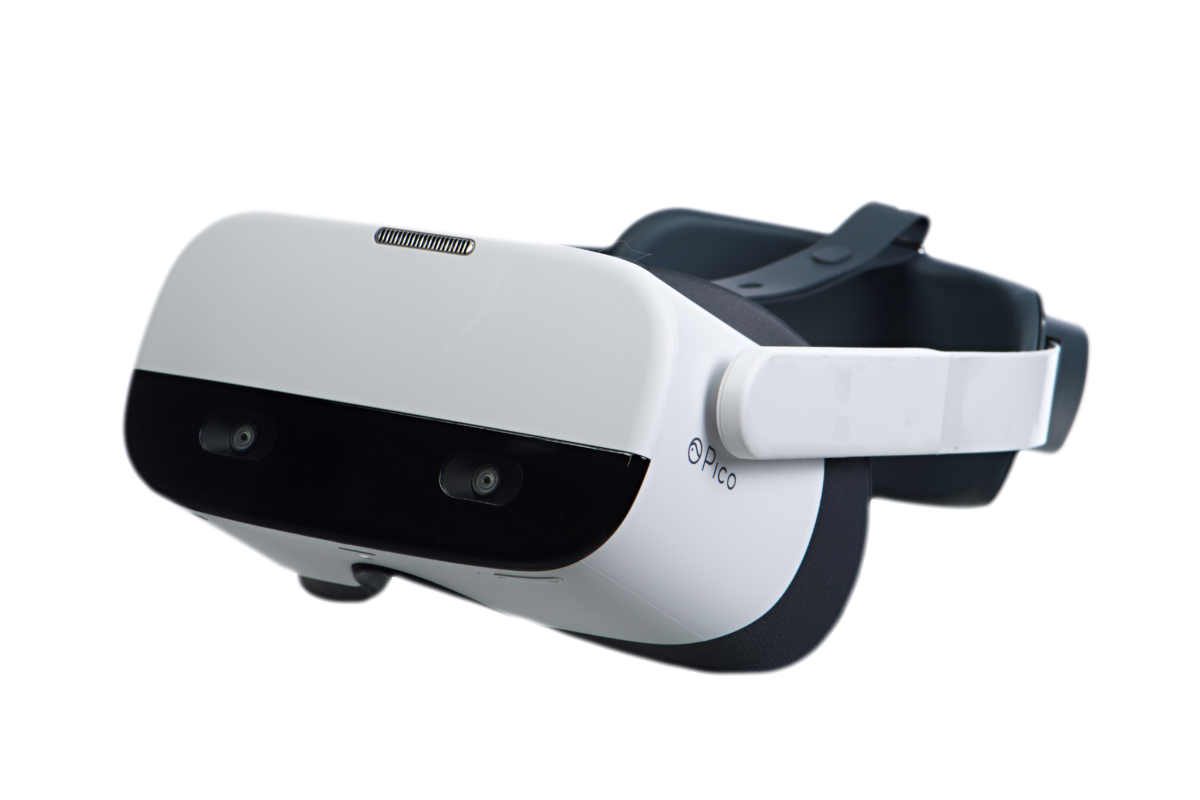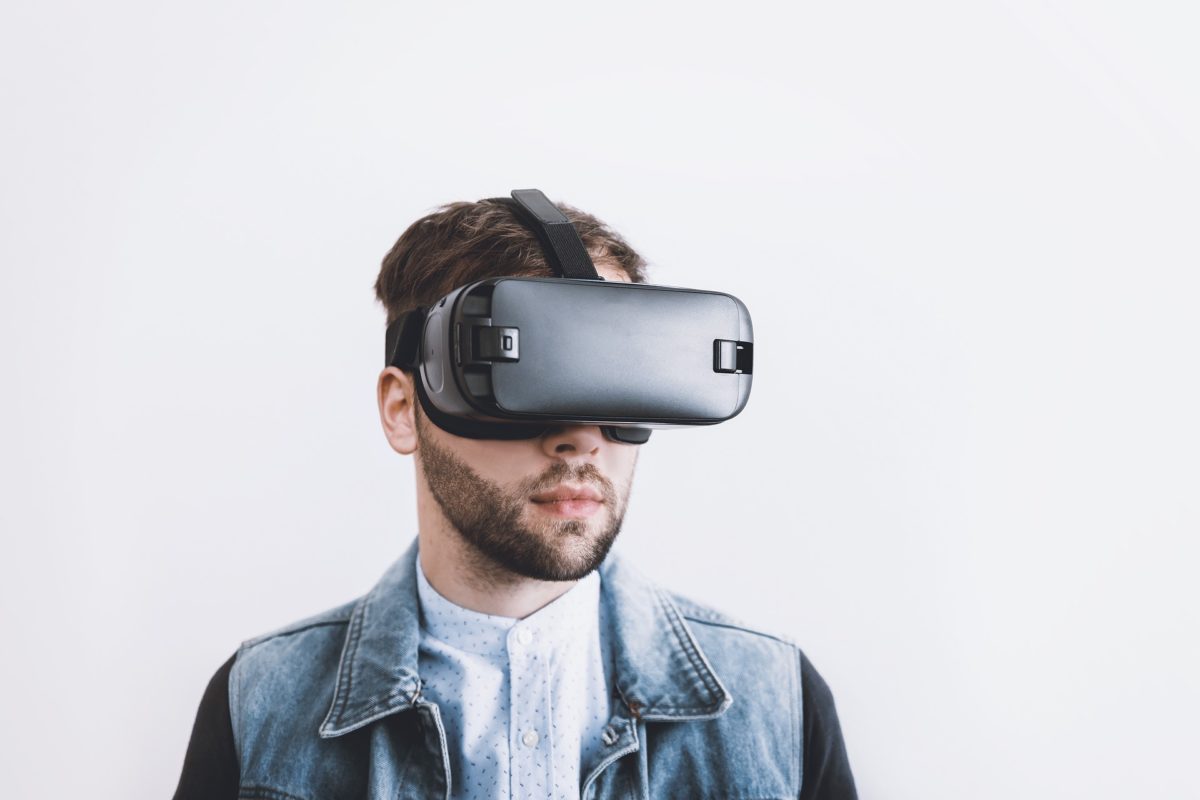Modern technology has given companies across numerous industries new ways to train employees. When it comes to ensuring employee safety during training though, virtual reality may be the most valuable type of technology out there. Simply put, VR can allow companies to put together hands-on, first-person training scenarios that take place entirely in virtual environments — and thus pose no threat to employee safety.
First and foremost, this requires a proper VR content management and distribution system. If it’s able to access (or create) programs and distribute them to relevant employees in a cost-effective manner, a company can completely revamp its training initiatives. Employees can gain immediate access to up-to-date, safe training that quickly and responsibly prepares them for whatever real work they may be going into.
As to the specific benefits of this idea for different kinds of work, we’ll cover some specific applications below. Some of these are already in place, and others are largely theoretical, but all demonstrate the importance and potential safety benefits of VR training.
Construction
We have posted in the past about VR training in construction, but are listing it here again because it’s one of the clearest examples. As we wrote, 42% of construction deaths involve falls, and 20% of those deaths occur in a person’s first two months on the job. Those two numbers alone paint a clear picture in which inexperience on the job can be deadly. VR training allows new employees to gain invaluable experience working on dangerous construction sites where neither a fall nor anything else can hurt them.
Law Enforcement
When you think of a profession in which safety during training might be a concern, law enforcement is likely one of the first ones that comes to mind. Indeed, even if police and military officers and security guards may not encounter actual threats until they’re on the job, there are plenty of potential hazards in the training process.
In this case, VR training is already in use, and is helping to provide various types of law enforcement with a variety of real-world scenarios for trainees. These include everything from traffic stops to live shooter situations, and they can teach aspiring officers, in a completely safe environment, how best to deal with these incredibly high-stress situations. Here, too, we can see the importance of strong VR content distribution capability. New types of threats are always coming to light, and this means that law enforcement entities using VR will be most effective if they can access and distribute new training scenarios regularly.
Electrical Engineering
Electrical engineering is a broad field, and altogether a fairly safe one. But this is an example meant to show how VR training can eliminate even small risks. When working in this field — whether that means assembling printed circuit boards, installing electrical systems, or anything similar — people may be exposed to materials they don’t know how to handle safely. In some cases, they may also be prone to electrical shocks without taking the proper precautions.
To some extent, there are already virtual practices in place that make both training and work in these areas safer. Most notably, designers can view PCB renderings digitally so that they can manipulate products without actually touching them, and then send designs off for manufacturing. The existence of digital viewers and design software doesn’t negate VR’s potential impact though. The technology can provide another level of sophistication in safe, hands-off training, both for circuit design and electrical installation.
Driving
At first blush, “driving” may seem more like an activity — a means to an end — than a profession, but when you consider the enormous numbers of fleet and delivery truck drivers, cab drivers, chauffeurs, etc., it quickly becomes clear that it’s an entire industry unto itself. Furthermore, and not all that surprisingly, these various specific professions tend to make the list of the deadliest jobs out there. Many of the deaths undoubtedly come from events and conditions on the road that are all but unavoidable.
However, additional training in VR could almost certainly help to make these jobs safer. Teaching employees how to manage specific vehicles and recognize certain dangers (such as slick roads for a heavy truck, or blurred vision from one’s own late-night fatigue) is entirely feasible in virtual reality. A particularly savvy company could in theory analyze data to determine the biggest risk factors for its drivers, and distribute VR training content accordingly.
Additional examples are plentiful. VR can safely teach doctors and dentists how to perform procedures without risk to themselves or patients; professionals who deal with toxic waste or potentially harmful chemicals can safely learn how to handle materials; painters and roofers can be trained to work safely at great heights or in other risky situations. Ultimately though, through these and more examples, it’s clear that VR is on its way to becoming a vital technology in safe worker training.
Authored by Sage Larsen
For the exclusive publishing of pixovr.com

PIXO Has Improved VR Management to One Easy Step

